



Purchase of ISP chips
In recent electronic products, the image processing function is more and more crucial. Quality imaging and enhancement are a necessity, whether seeing around the corner (smartphone, security monitoring), in the sky (drone), or within our vehicles. The key lies in the ISP (Image Signal Processor) chip. For engineers, companies, and researchers, choosing/purchasing the proper ISP chip directly determines image quality, power consumption as well as system costs.
Define Application Requirements
Before buying an ISP chip, we need to figure out performance needs according to the real usage condition. Various use-cases have different ISP requirements:
Consumer electronics: Products like smart doorbells, kids’ cameras, and home surveillance systems are cost- and power-sensitive. Both noise reduction, white balance, and color correction are important.
High-end consumer electronics: For flagship smartphones and drones, the required features are high-end such as WDR processing, HiSPi support, HDR 3 MISO, multi-camera parallel, and AI-powered algorithms.
Industrial & security: This may require very high stability, broad dynamic range, and low-light performance – in this case, pro-grade standalone ISPs are more appropriate.
Car electronics: Need clear imaging in different lights, as well as real-time processing and high reliability.
Only if the application domain is specified can a reasonable trade-off between performance, power, and cost be realized.
Focus on Core Parameters
Which technical parameters should be paid attention to when buying an ISP chip:
Resolution & Frame rate: Can it keep up with the sensor-to-video resolutions needed?
Throughput: Multiple input channels, parallel processing speed, and HDR algorithm performance.
Interface compatibility: Compatible with sensor, memory, and main control interface (e.g., MIPI, LVDS, DVP).
Power usage: Crucial for mobile and battery-operated devices.
Algorithmic capabilities: Whether it has some AI-derived features such as noise reduction or scene analysis.
Software toolchain: SDKs, drivers, and algorithm libraries available for secondary development.
These parameters have a direct impact on the stability and efficiency of system-level integration with the ISP chip.
Choosing Reliable Supply Channels
As a niche component, ISPs are available through several sources:
Direct sales from manufacturer: Applicable to bulk buying or long-term cooperation, bulk purchasing can get samples for free.
Authorized Distributors: Compliance with the supply and technical support system of after-sales service. New retailers have to pay certain treasures as some margin in advance. Suitable for small-medium enterprises or new retailers.
Electronic components distribution platforms: Like LCSC, Digi-Key, and Mouser for small batch purchasing in R&D stages or for pilot production at a relatively high cost.
Spot or third-party sourcing: Good for when there are urgent needs but risk is higher due to counterfeit or refurbished chips and uncertain lead times.
Good chip quality and post-sale support should be a concern while ordering, make sure to choose a trustworthy source.
Pricing and Cost Considerations
ISP chip prices are determined according to performance level, brand influence, and supply-demand relationship:
Low-cost ISP: Suitable for inexpensive products.
Middle & High-end ISP: Comparably more expensive while providing strong performance consumption, for high-level image re-launch products.
Specialty ISP: Ultra-premium; custom services tailored for particular industries.
Be sure to correlate chip selection with the overall BOM budget to prevent unnecessary cost overruns from over-specification.
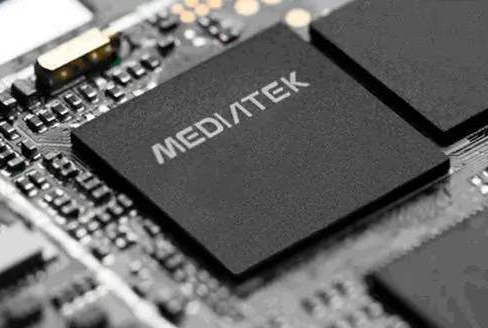
Purchase Precautions
Compatibility check: Please check the compatibility with sensors and mainboard before ordering, suggest sample testing.
Supply chain: There are periodic shortages of semiconductors, so you need to plan ahead which products need to be ordered when in order not to risk lead times on your production.
Long-term support: Particularly important for industrial and automotive where the lifecycle of a product is often more than 5 years.
Technical service: Choose suppliers who can offer complete documents, development tools, and timely after-sale follow-up that will shorten the R&D time of your projects.
IP and security: Support secure firmware, encryption download to prevent cloning or tampering for ISPs that adopt advanced algorithms.
Future Purchasing Trends
With artificial intelligence and smart connection becoming common, IoT (internet of things) popularized, purchasing trends in ISP / IC feature chips:
AI incorporation: More and more ISPs are backing AI noise reduction and scene recognition.
High-resolution 8K video and multi-camera systems: Drive ISP performance innovation.
Local alternatives: Domestic ISP suppliers are starting to appear as a more secure supply chain in light of the current global market uncertainty.
SoC integration: In certain applications, isolated ISPs will be eliminated with SoCs integrating ISP modules, which will lower design and cost barriers.
Conclusion
The purchase of an ISP chip is not simple procurement, and it influences the product position and system architecture design. The integrated application requirements, technical specifications, and supply channels make the most appropriate chip solution be chosen. The wise choice and purchase of an ISP chip is the cornerstone for product competitiveness in such an ever-changing smart hardware industry today.

Please contact us if the source is mislabeled or violates your legal rights.
We will promptly correct and delete, thank you.
- What is the power consumption level of t...
- In what scenarios can the performance of...
- Smart Home Products with Rockchip RK3588...
- Kylin ISP chip
- Purchase of ISP chips
- How fast is the read speed of Winbond W2...
- The motherboard of the industrial comput...
- spi ethernet chip in qfn package
- Industrial Control Box Motherboard
- rtl8211fs ethernet chip driver

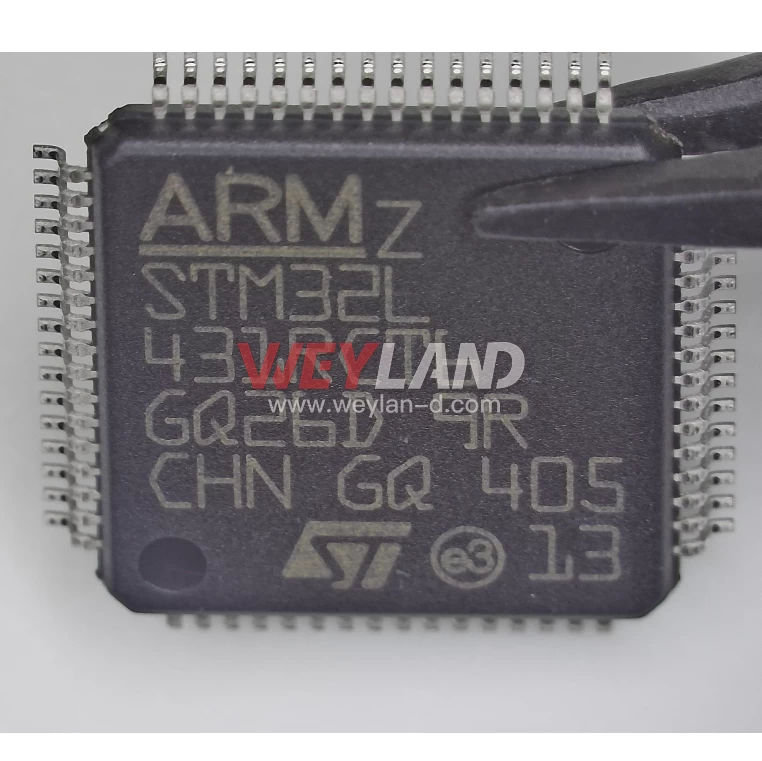
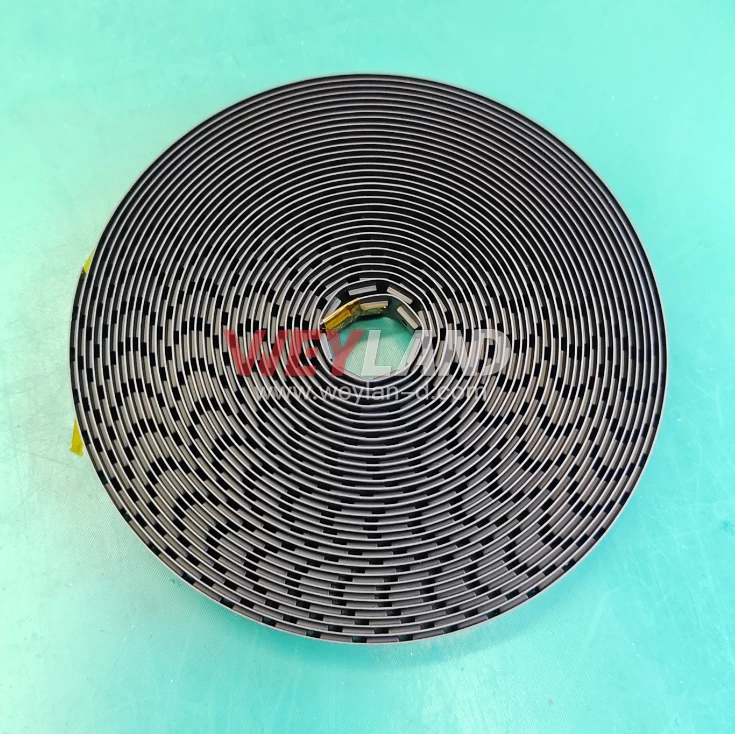
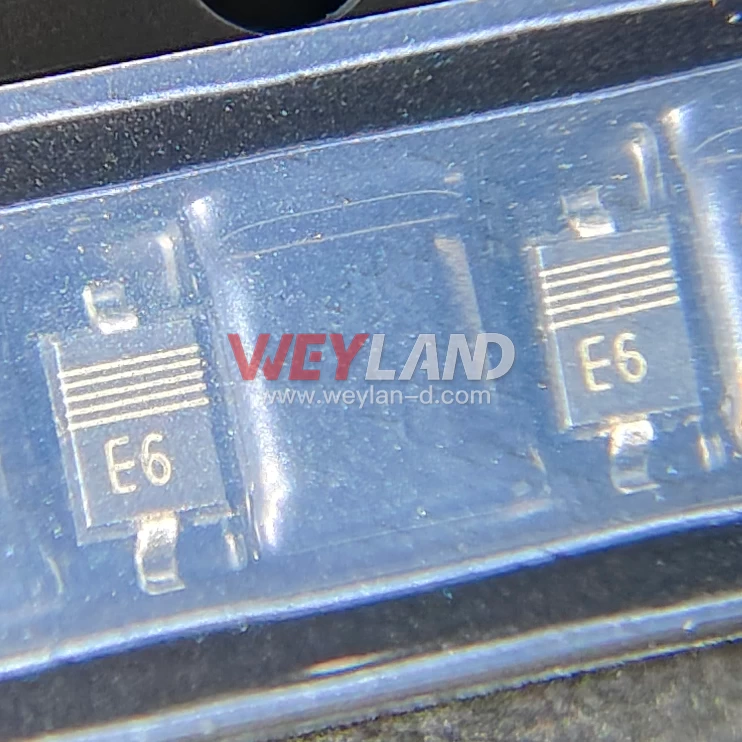
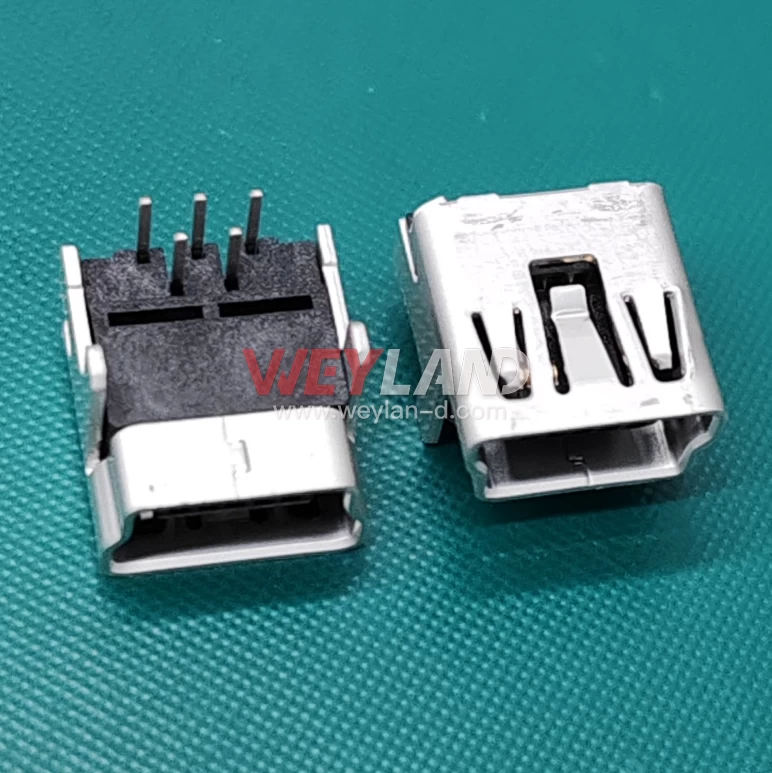
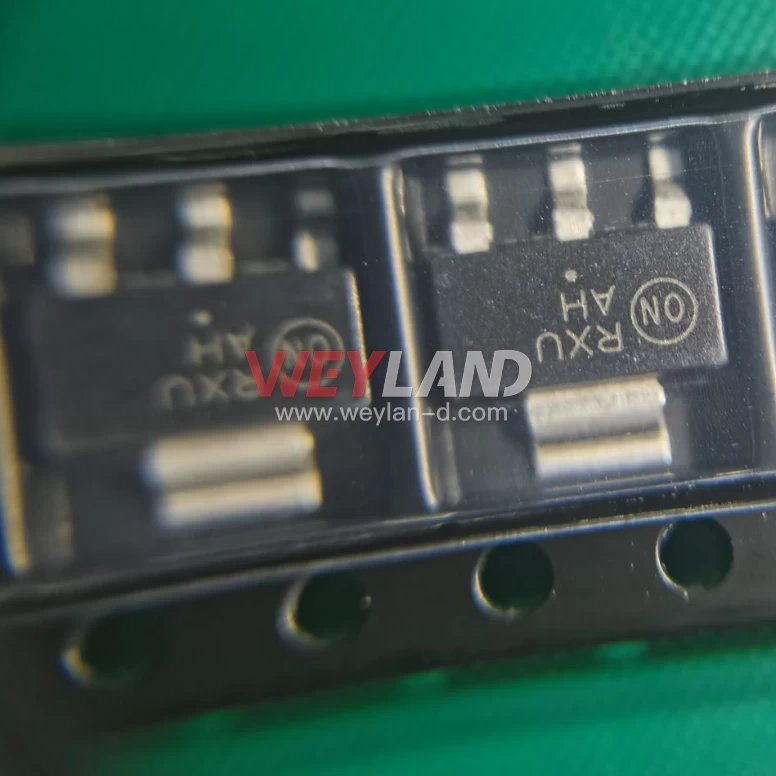
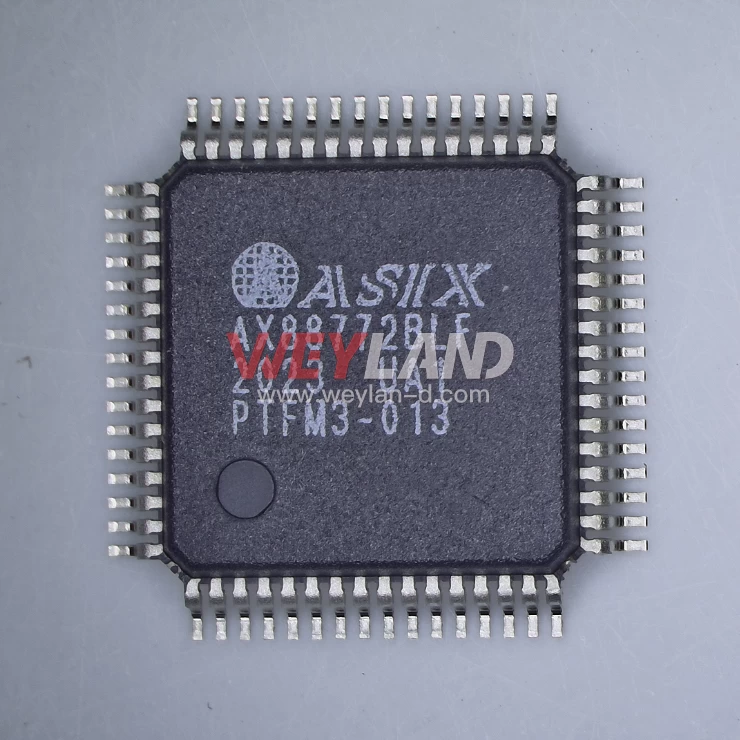
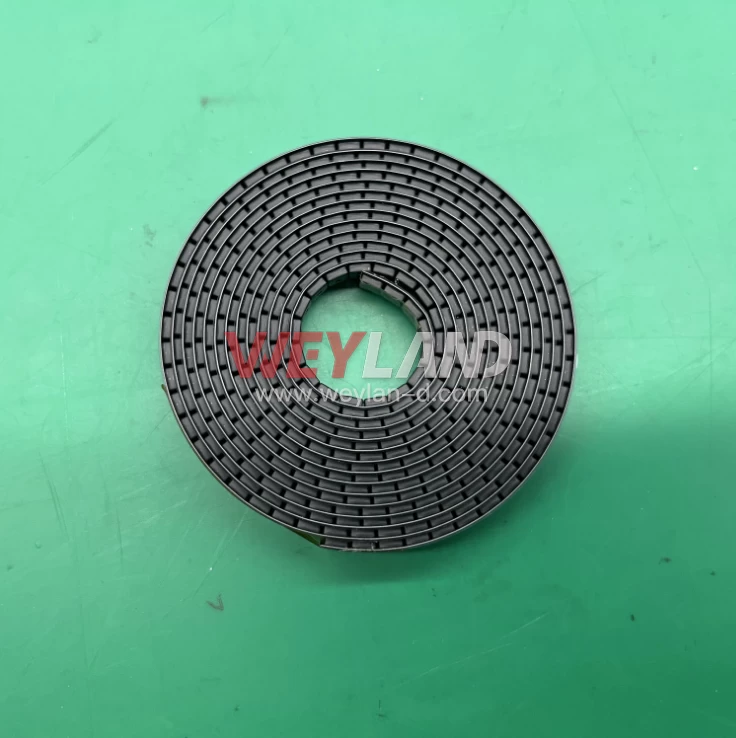
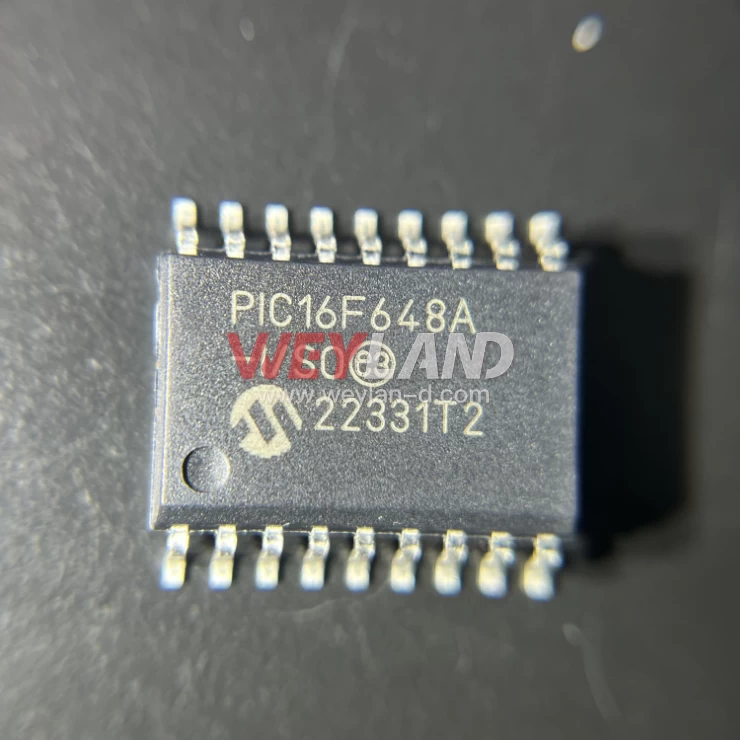

.9246509.png)












[email protected]
7500A BEACH ROAD #04-307 THE PLAZA SINGAPORE (199591)
RM 705.7/F.FA YUEN COMM BLDGNO.75-77.FA YUEN STREET.MONGKOK.KLN.HONG KONG
